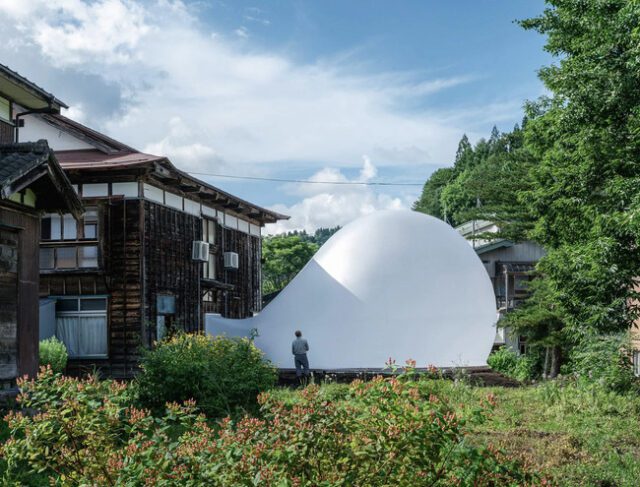
Acclaimed architecture studio MAD has created an innovative installation titled the Ephemeral Bubble, which presents the appearance of a bubble being blown by a century-old wooden house, designed specifically for the Echigo-Tsumari Art Triennale in Japan. Situated in Murono Village in the serene Japanese countryside, the bubble, crafted from a PVC membrane, integrates with the historic China House Huayuan. This unique structure is dedicated to showcasing Chinese art and culture. The Ephemeral Bubble aims to establish a conversation with the ancient Japanese landscape, offering a temporary, adaptable space that reflects the lightness and translucency of air. This expansive bubble, connected to the historic home, inflates to provide a versatile area suitable for performances and ceremonies, embodying a biomorphic design inspired by natural forms. The installation also encourages spiritual exploration through its ethereal presence.
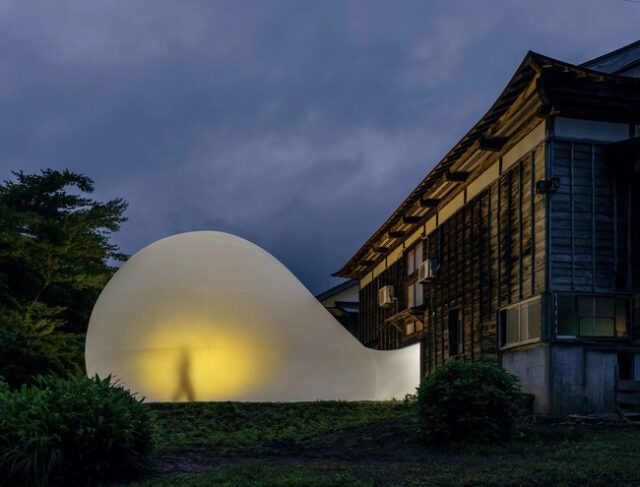
MAD describes the Ephemeral Bubble as a playful, interactive space ideal for emotional and spiritual engagement, emphasizing the importance of experiential design. In the evenings, the bubble illuminates from within, casting a lantern-like glow that transforms its interior into a realm of soft light. Visitors can gaze through the semi-transparent walls, where the outside world is perceived as a blur of colors and shapes, enhancing the dreamlike atmosphere. This installation not only adds a contemporary twist to the historic wooden house but also rejuvenates it, giving the impression that the house is whimsically blowing bubbles as it dreams. Architect Ma Yansong likens this fusion of old and new to the house breathing new life, blending virtual and tangible elements to revitalize the ancient structure, thereby infusing it with a renewed sense of vitality.
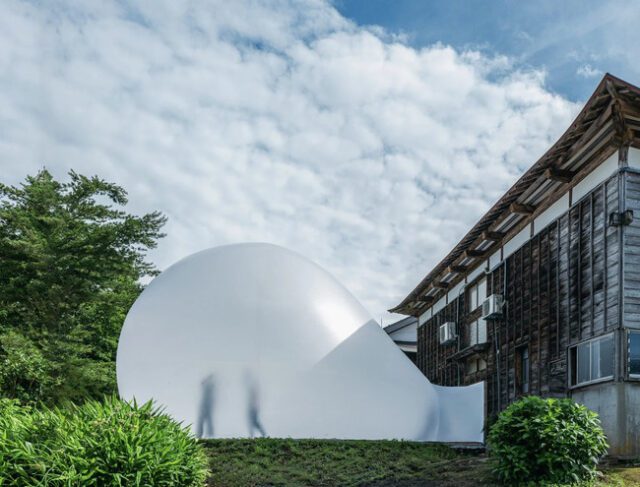
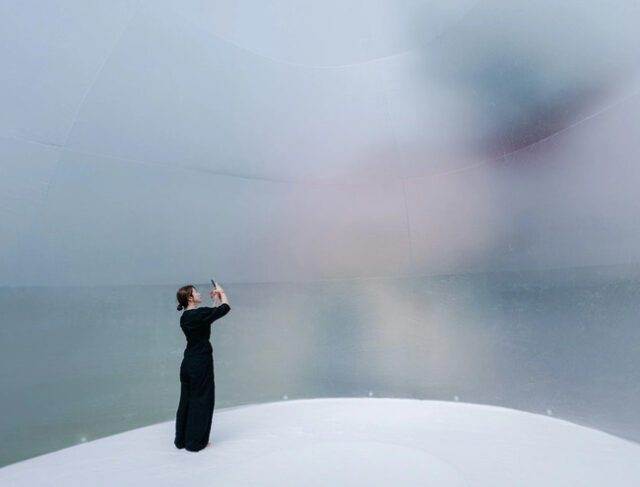
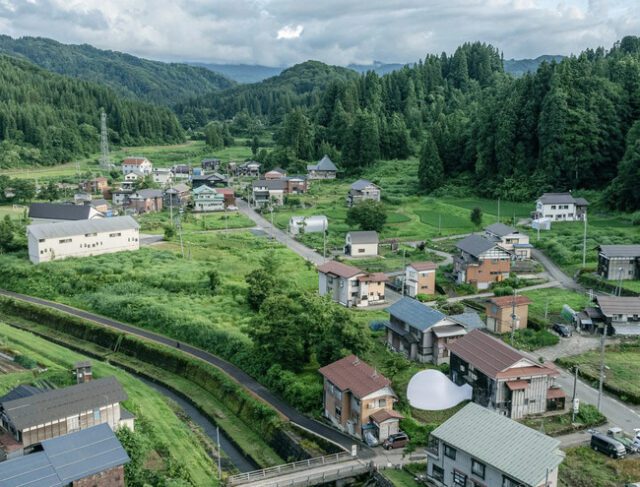
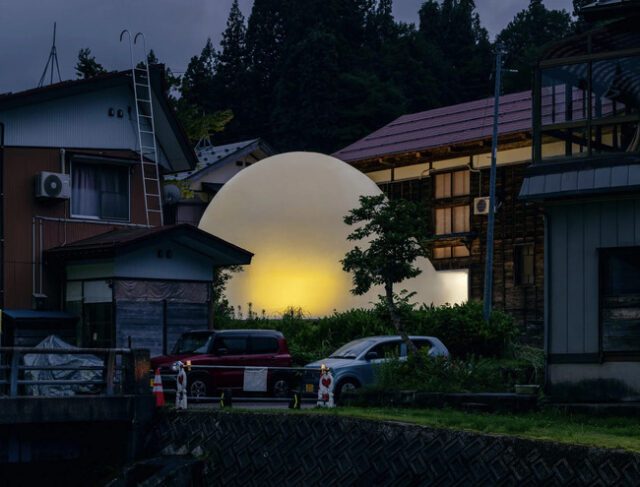
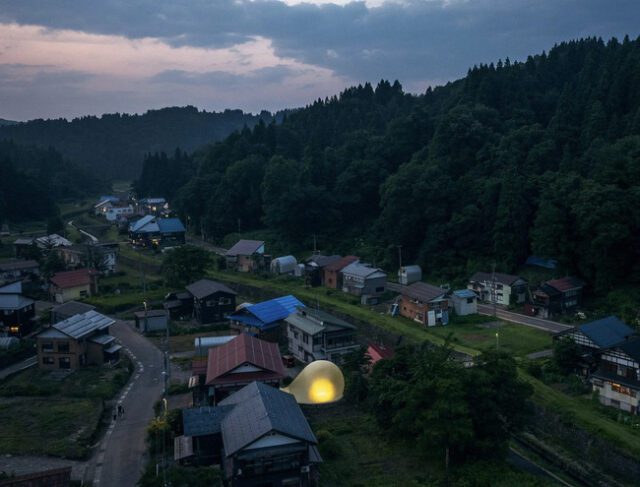
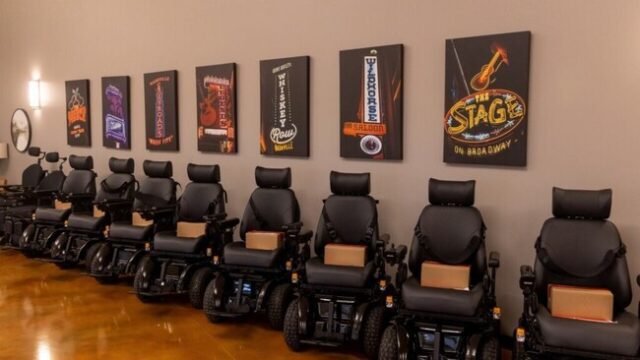
Tennessee State Parks have expanded their accessibility efforts by providing all-terrain wheelchairs in 22 state parks, enhancing outdoor experiences for individuals with disabilities. These specialized wheelchairs, designed by local company Sunrise Medical, enable users to navigate various terrains, making nature more accessible. This initiative reflects a broader trend of incorporating assistive technologies to improve inclusivity, as seen in the widespread adoption of voice commands and smart home devices. Popular parks such as Fall Creek Falls, Cumberland Mountain, and Radnor Lake now offer these wheelchairs free of charge, catering to both children and adults. This advancement allows people with mobility challenges to engage in outdoor activities that were previously difficult or impossible to access, thereby enriching their recreational opportunities.

Complementing these efforts, Tennessee State Parks have also developed wheelchair-friendly paved trails and facilities, including accessible kayak and canoe launches, to support mobility further. On a national level, parks are also making strides toward greater accessibility with initiatives like the Access Pass, which grants lifetime free entry to U.S. citizens with disabilities across over 2,000 recreation sites. These programs often include adaptive recreational equipment, mirroring the all-terrain wheelchairs in Tennessee. By prioritizing accessibility, state and national parks foster inclusivity, ensuring that natural beauty and outdoor adventures are available to everyone. These measures not only enhance the visitor experience but also promote a sense of belonging and equity in public spaces.

From South Texas comes the incredible story of how a TikTok content creator channeled his platform for good—rescuing a cat and a cat shelter by inspiring thousands in donations. The story, first reported by Victoria Lopez at My San Antonio, underscores the potential of social media to effect positive change when it captures the public’s fleeting attention. Spencer, the creator behind the SB Mowing TikTok and YouTube channels, has garnered a following of 15 million by documenting his hobby of mowing lawns for those who can’t. During one such project in Corpus Christi, Spencer discovered a little tabby cat with puncture wounds, likely from a fight with another animal. The cat, later named Esbee, seemed to have an infection, prompting Spencer to seek help from local rescue centers.

Only one center responded: Edgar and Ivy’s Cat Sanctuary and Rescue, run by Anissa Beal, who was struggling financially and contemplating closing the center by year’s end. Moved by Beal’s dedication, Spencer donated all his cash and promised to leverage his social media influence to help. Initially skeptical, Beal was astounded when a GoFundMe set up by Spencer rapidly amassed $190,000 in donations, rescuing the sanctuary from debt. This wave of generosity continued with SB Mowing followers contributing supplies, leading to truckloads of orders arriving at the sanctuary’s doorstep. Beal, grateful for the overwhelming support, credited Spencer with saving the rescue center. This miraculous turn of events not only saved Esbee, who faced a life-threatening infection but also revitalized Edgar and Ivy’s mission, enabling them to rescue 700 cats since the fundraiser. Esbee, now a symbol of hope and resilience, awaits adoption, with Beal ensuring that only committed, genuine adopters are considered.

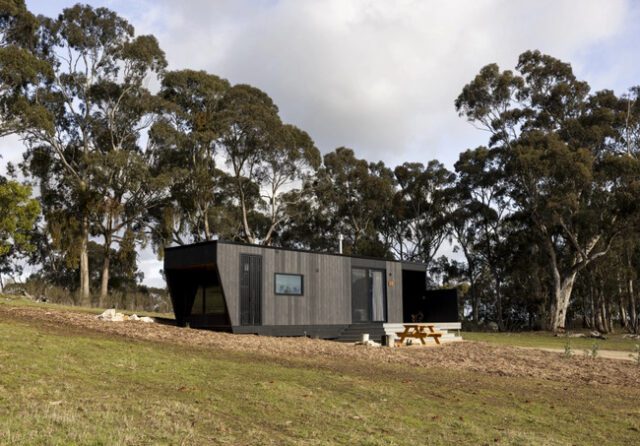
Nestled on 30 acres of The Cedars, the ancestral home of renowned artists Hans and Nora Heysen, nine new cabins by the tiny-house company Cabn offer a secluded retreat with stunning, gallery-worthy views. The property in Hahndorf, just a 25-minute drive from Adelaide’s CBD, is steeped in artistic history, once the muse for Hans Heysen’s award-winning bushland paintings and his daughter Nora’s groundbreaking portraits. The eco-friendly cabins are built with minimal environmental impact, featuring solar electricity and additional planting to enhance biodiversity. Guests can wander through the property without encountering others, exploring trails like The Artist’s Walk, which meanders through the very landscapes immortalized in the Heysens’ work.
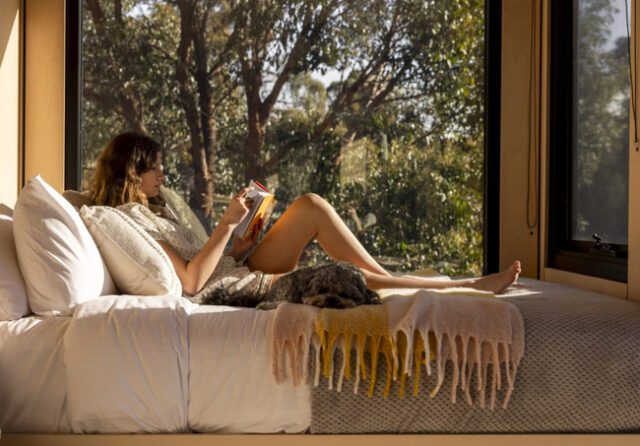
Opening in August, the cabins range from traditional tiny homes to more spacious Cabn X cottages, accommodating up to 26 people across all nine units. Each cabin offers modern comforts such as showers, Weber barbeques, indoor fireplaces, and outdoor firepits. The Cabn X houses, in particular, boast luxuries like king beds, indoor and outdoor baths, and saunas with panoramic views of the landscape. These cabins blend rustic charm with local touches, featuring products from nearby businesses like Beerenberg and Ambleside Distillers. Since its founding in 2017, Cabn has expanded its presence in South Australia, with these new additions bringing the total number of properties to 39.
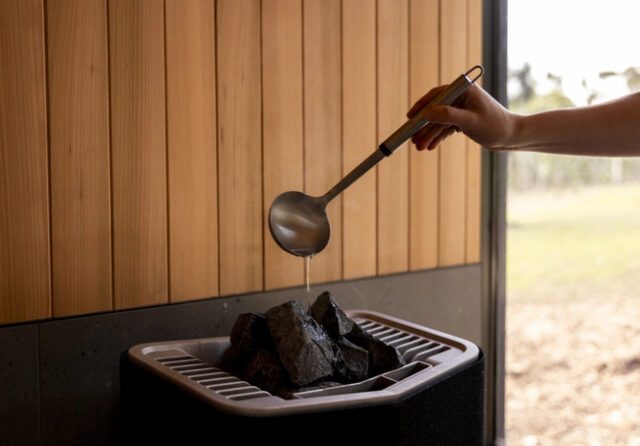
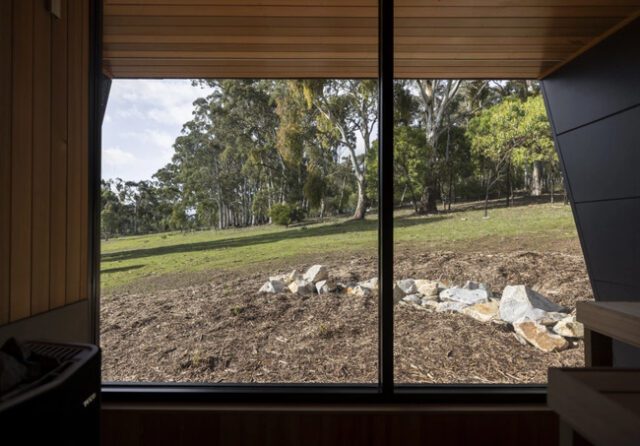
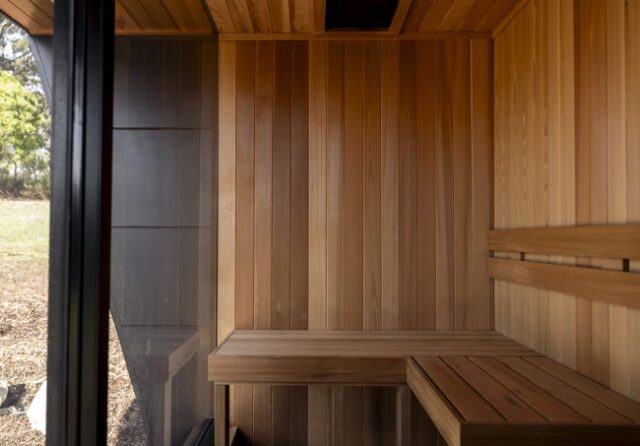
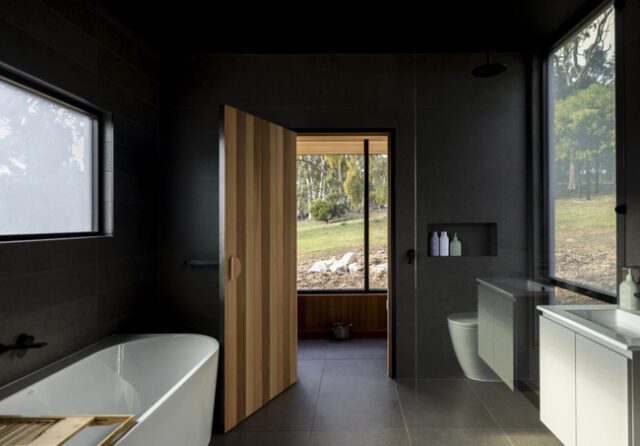
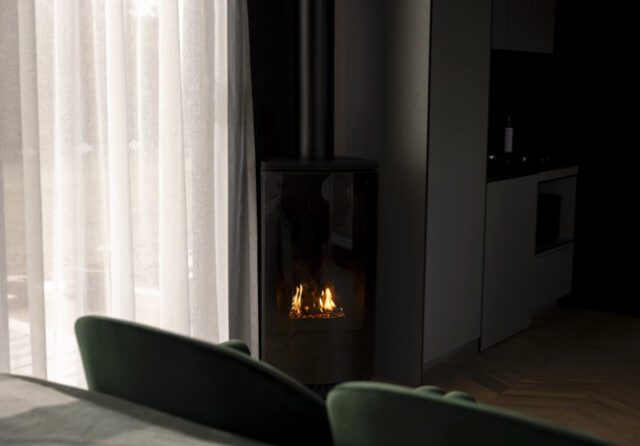
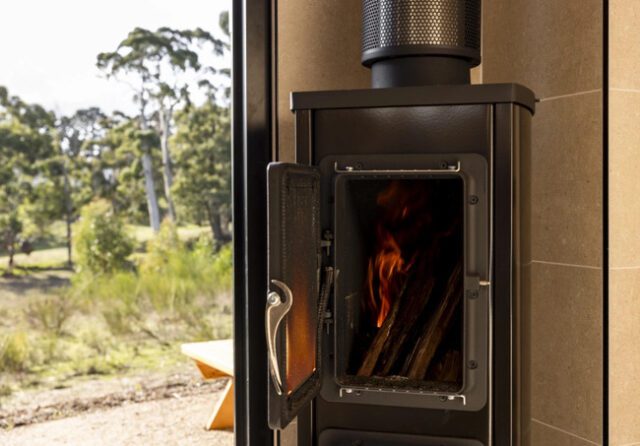

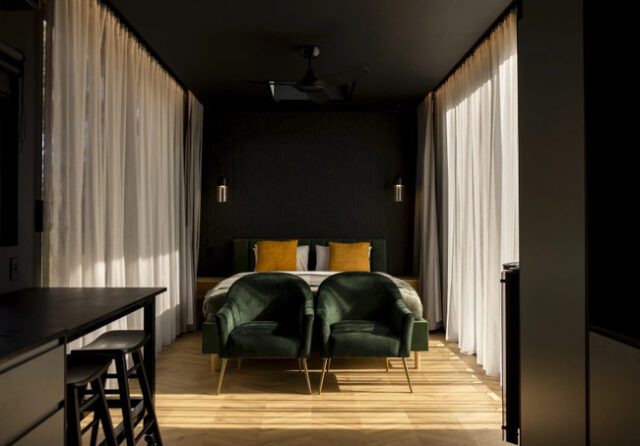
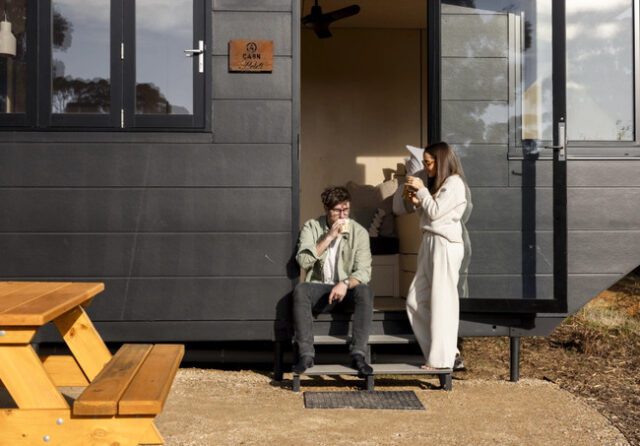
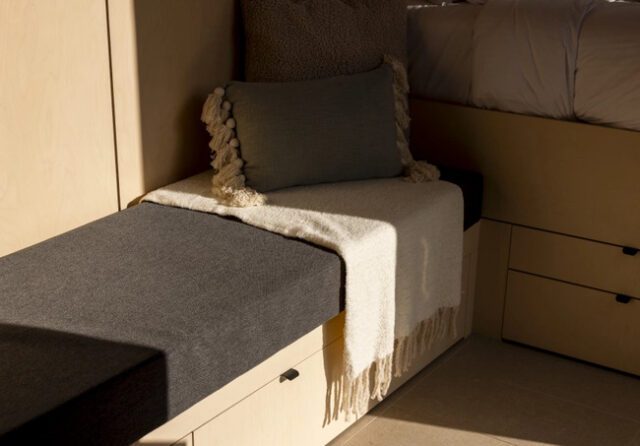
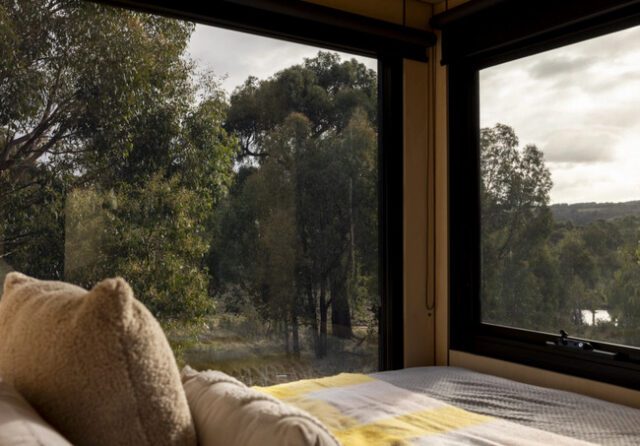
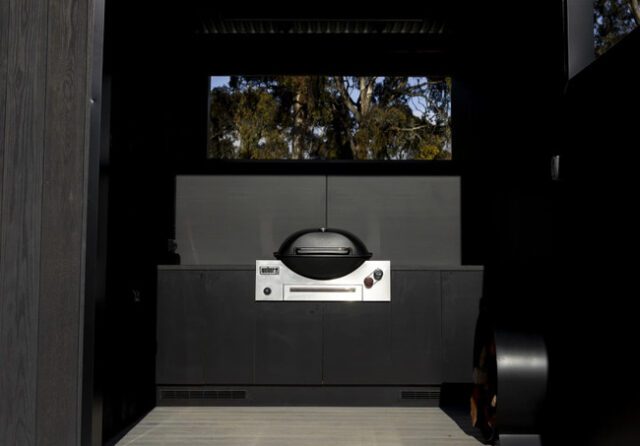
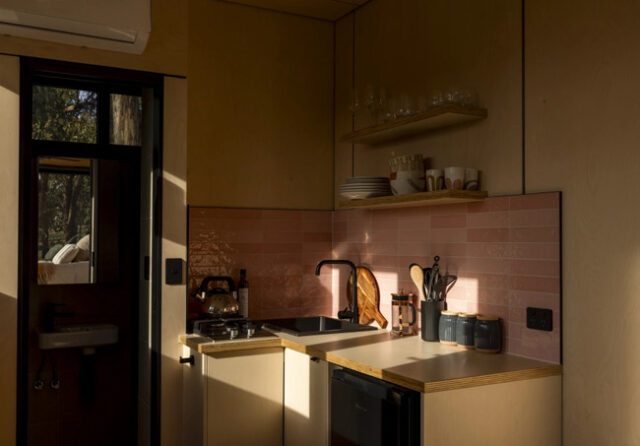
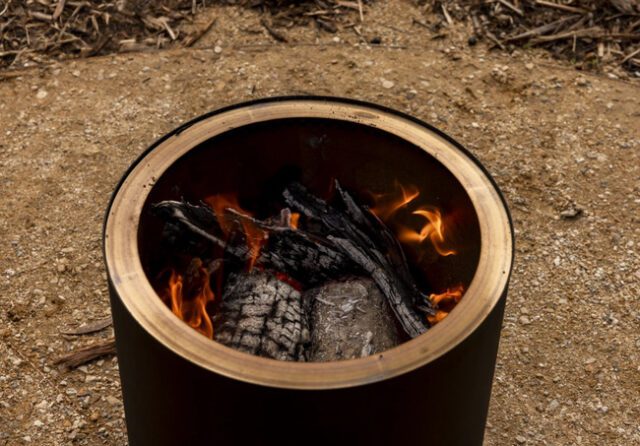

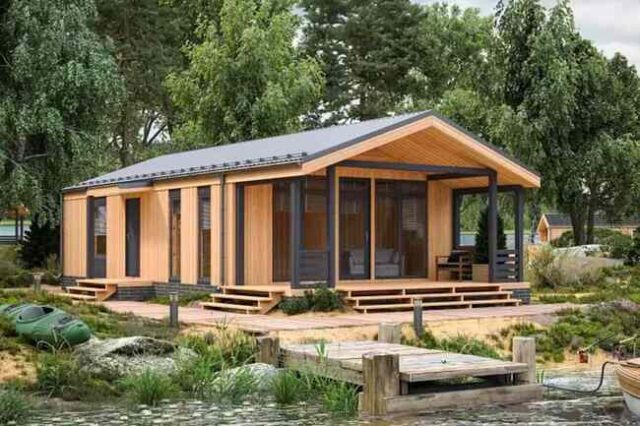
If you’ve ever daydreamed about downsizing to a compact tiny home, you’re not alone. According to a study conducted by the Fidelity National subsidiary IPX1031 in 2020, 56% of Americans would live in a tiny home. For those ready to turn this dream into reality, Amazon is offering a fully functional tiny home for under $40,000. Continue reading “Amazon Is Selling a 2-Bedroom Tiny House That Looks Like a Cozy Wood Cabin” »
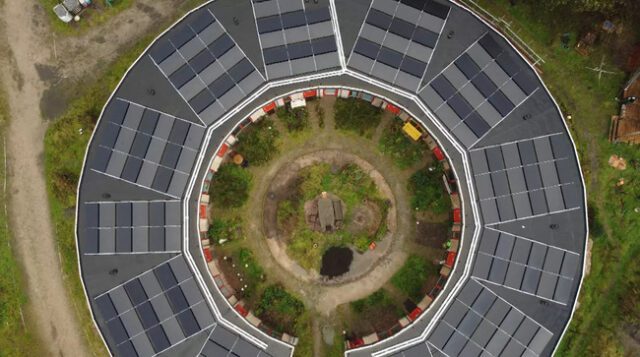
Ecovillage Boekel, located in the south of the Netherlands, stands as a beacon of sustainable living and innovation. Named the Netherlands’ most sustainable organization in 2021, this almost self-sufficient community exemplifies environmental stewardship and resilience. The village consists of 36 climate-positive flats constructed from bio-sustainable materials like wood and hemp, which together capture 800 tonnes of CO2. The project manager, Continue reading “Ecovillage Boekel: Discover the Netherlands’ Award-Winning, Sustainable Housing Community” »

The Moon, despite its striking beauty, presents an incredibly hostile environment for human habitation. Temperatures at the lunar equator swing drastically, from scorching highs of 250°F (121°C) during the day to bone-chilling lows of -208°F (-133°C) at night. This extreme temperature variation and the constant threat of micrometeorites and intense radiation have made prolonged human presence on the Moon seem unfeasible. However, a breakthrough study published in Nature has confirmed the existence of a lunar cave, sparking new hope for sustainable lunar missions. Identified using data from NASA’s Lunar Reconnaissance Orbiter (LRO), this cave in the Sea of Tranquility could serve as a vital base camp for astronauts. The LRO, launched in 2009, initially found evidence of deep lunar pits in 2010, and recent reanalysis using advanced signal processing has confirmed one of these pits as an entrance to a significant cave system.
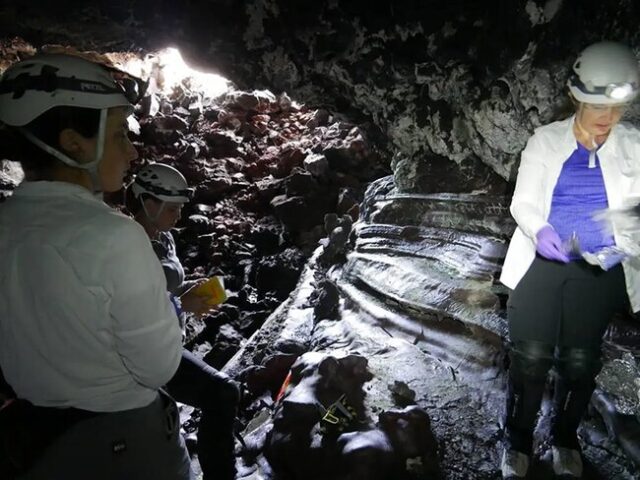
The detailed radar imaging revealed that the pit, which is 300 feet wide, opens into a cave extending the length of 14 tennis courts and 130 feet wide. However, accessing this cave poses considerable challenges due to its nearly vertical descent and substantial depth. The west side of the cave entrance plunges 410 feet below the surface, with the east side even deeper at 443 feet. Robert Wagner from Arizona State University’s School of Earth and Space Exploration highlighted the complexity of navigating the steep, debris-covered slopes of the cave entrance, which would require substantial infrastructure to ensure safe entry and exit. Despite these challenges, scientists are optimistic, hoping this discovery is just the beginning, with the LRO having identified over 200 potential lunar pits. These caves, likely formed from ancient volcanic lava tubes, could provide crucial shelter and possibly contain ice, offering a valuable water source. As study author Leonardo Carrer points out, humanity’s history with caves on Earth suggests that these lunar caves could become essential habitats for future moon missions, echoing our evolutionary past.
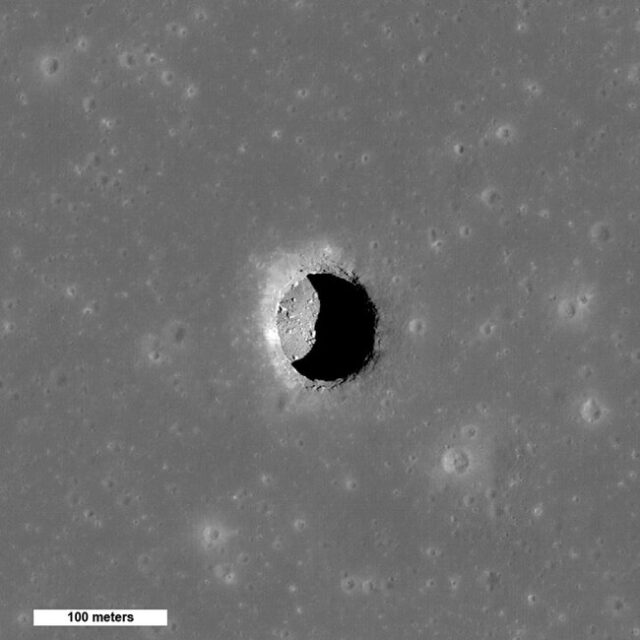



Lisbon is renowned for its charming architecture and historic landmarks, making it a popular tourist destination. One of its iconic features is the Ascensor da Bica, a funicular that not only facilitates transportation up one of the city’s steepest hills but also stands as a symbol of Lisbon’s vibrant culture. Its picturesque design and vibrant colors have made it a favorite subject for postcards, souvenirs, and now, a LEGO model. Inspired by this beloved landmark, a LEGO builder known as Peter_Designs Continue reading “LEGO Designer Recreates Lisbon’s Iconic Bica Funicular Railway With 2,997 Tiny Bricks” »

Samantha Griffen and her family owe their lives to Luna, a two-year-old Siberian husky rescued from a shelter just six months ago. Griffen had moved into a new house in Marion, Indiana, and while she was resting one day due to a migraine, Luna’s persistent behavior saved her from a potential tragedy. Unbeknownst to Griffen, her water heater had started leaking carbon monoxide, a deadly gas that can be imperceptible without detectors. Luna’s refusal to let Griffen fall asleep and her insistent nudging eventually prompted Griffen to step outside, where the carbon monoxide detector finally sounded the alarm.

This timely alert enabled Griffen to swiftly evacuate her children and contact emergency services. Upon their arrival, the fire department confirmed dangerously high levels of carbon monoxide in the home, a situation that could have turned fatal had Luna not intervened. Carbon monoxide alarms are crucial, but as the fire department noted, their placement is equally important to ensure they detect leaks from appliances like water heaters. Luna initially adopted as an emotional support animal for Griffen’s PTSD, proved to be a literal lifesaver, showcasing the profound and sometimes unexpected ways in which rescue animals can impact and save lives.
























































